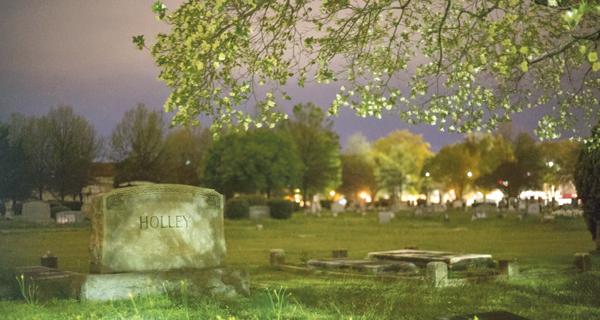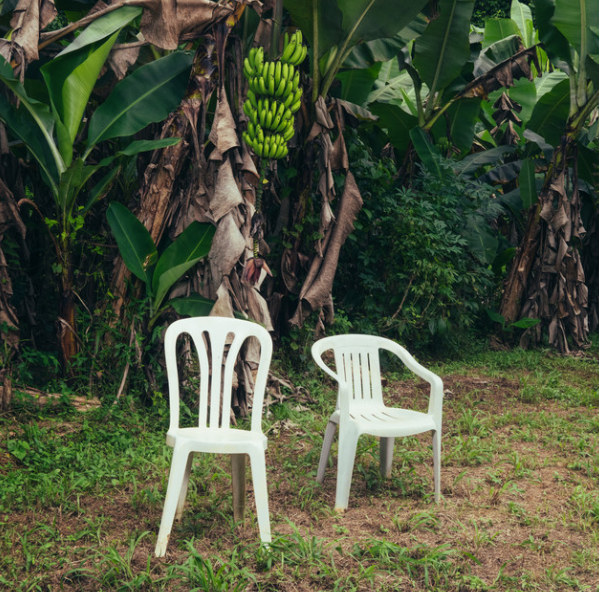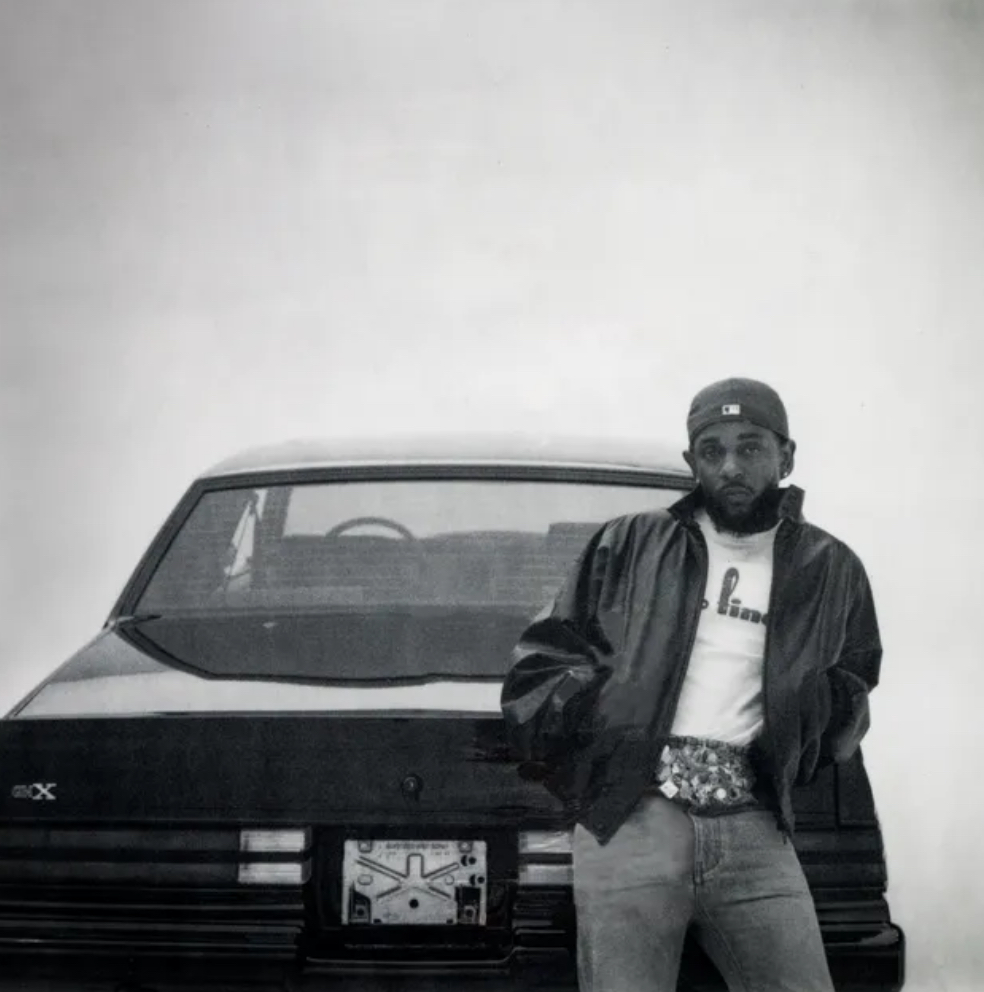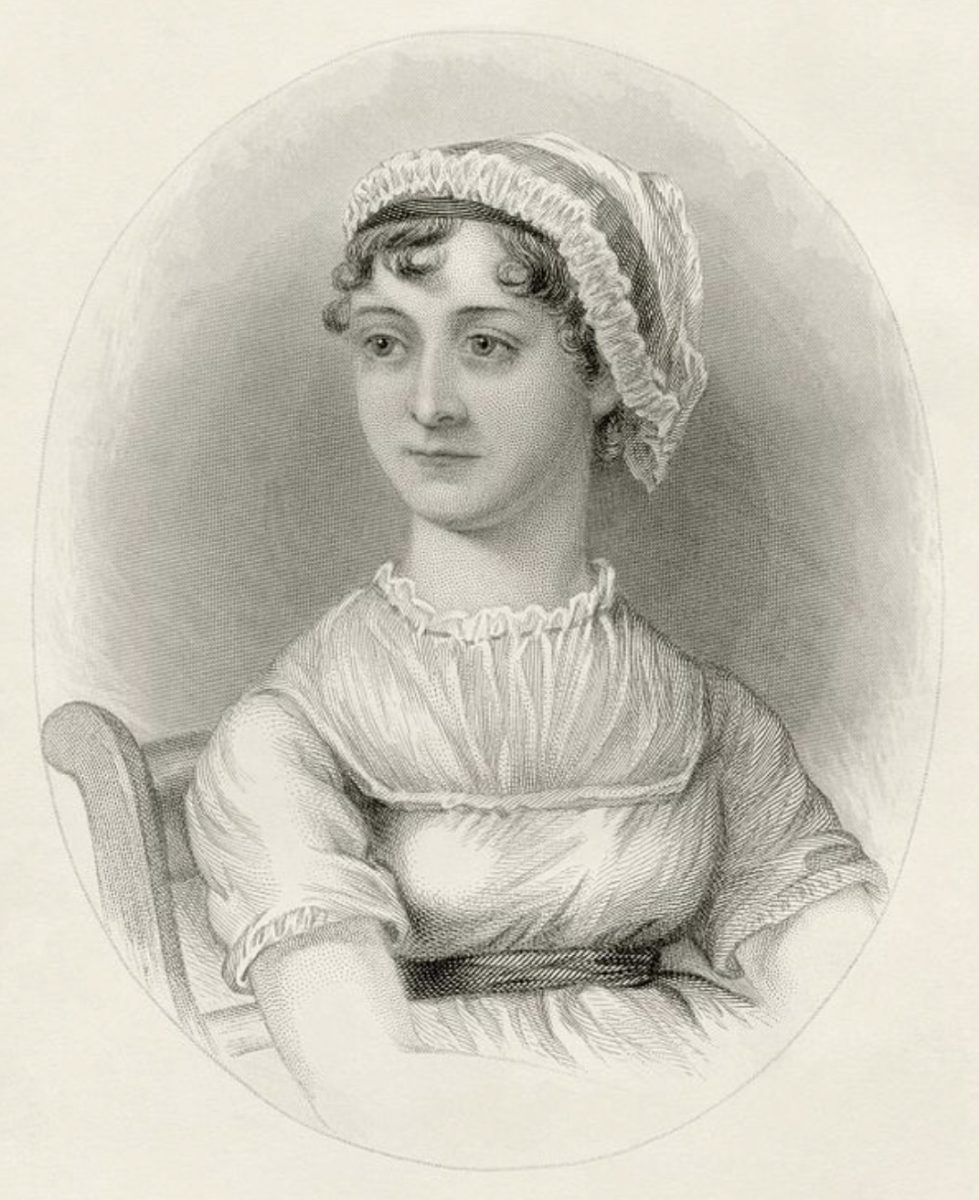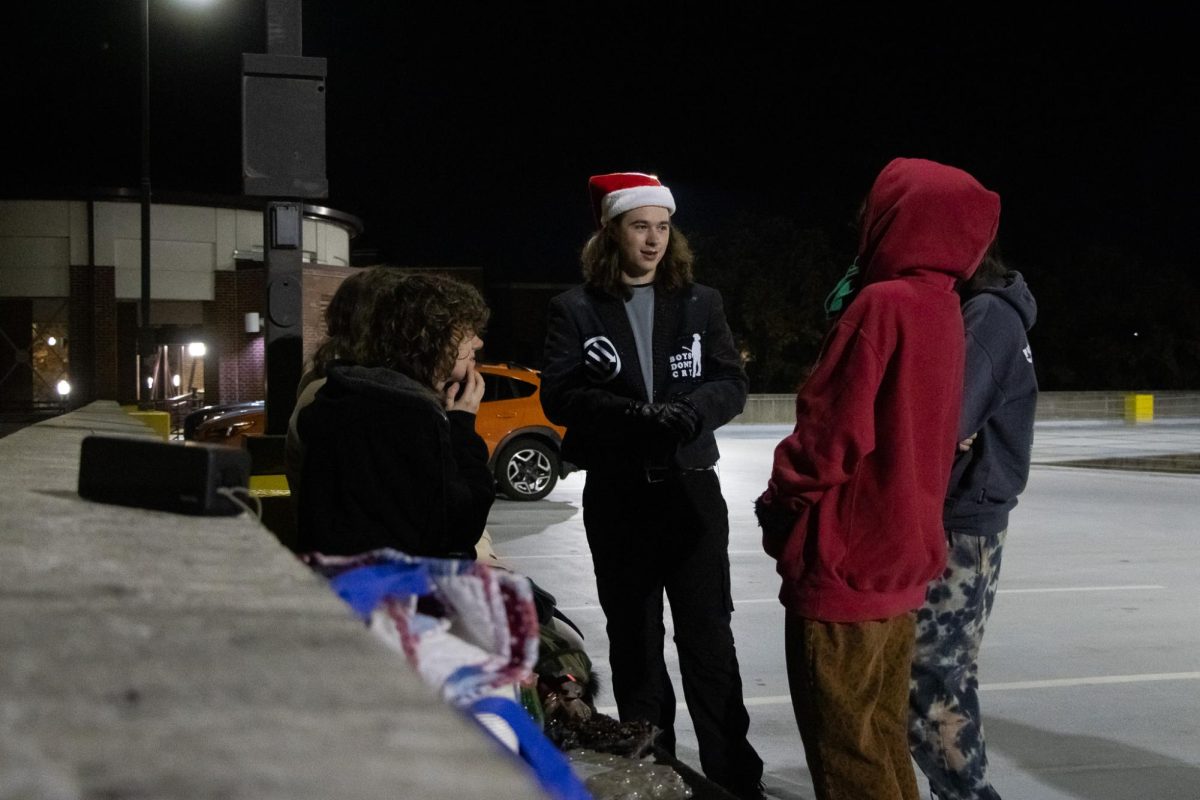It is almost easy to forget you are in the middle of Tuscaloosa when walking through Evergreen Cemetery. It’s quiet, and the trees almost block out the football stadium looming overhead. Without the tombstones, it would be another park.
In fact, the cemetery is designed as a garden cemetery, a design that became popular in the 1830s. It was a place to spend time in, like a park or garden.
Ian Crawford, director of the Jemison-Van der Graaff Mansion and part of the Tuscaloosa County Preservation Society, said it used to be common for people to spend time in a cemetery and even prepare for death.
“They used to send out catalogs that people would look through that sold headstones, as well as cemetery furniture,” Crawford said as he pointed out a chair in front of one of the mausoleums.
Crawford has given tours of some of the cemeteries around Tuscaloosa. This past weekend the Preservation Society gave a tour of Tuscaloosa’s oldest cemetery, Greenwood. As he walked around, Crawford recounted some of the stories of the historically significant people of Tuscaloosa buried right in the middle of where many UA students live.
Evergreen was probably first laid out in the 1830s, but Crawford said it was most likely not used as a burial ground until the mid 1840s, when it became more clear that Greenwood would soon be filled as the town was expanding toward campus.
(See also “Old Bryce area haunted attraction for students“)
Walking around the cemetery, it is not hard to find names that students would recognize, such as Amelia Gayle Gorgas, the Kilgores, the Hargroves and the Alstons.
“There is so much history located right next to the significant landmark in town,” Crawford said. “It’s almost like when you are in here, these small monuments overshadow even that of Bryant-Denny.”
Crawford pointed out one of his favorite grave-markers in Evergreen, a very large headstone inscribed with “Henry Watkins Collier! Born January 17th, 1801 Died August 28th, 1855.” It’s the exclamation point that Crawford said he loves. Collier was a governor of Alabama and a well-known, influential member of the community.
“It’s almost like he was telling people, ‘All you need to know is my name! What else do I need to say?’” Crawford said.
Each tombstone is like a house, Crawford said. The bigger the stone, the bigger the home they probably lived in when they were alive. The tombstones mimic the taste and style of the family, as well as the culture. Tombstones of the 1950s have a sleeker style than the byronic, gothic style of earlier years.
Bernard Friedman, Linka Friedman and their son, Victor Hugo Friedman, are buried in the corner across from Rama Jama’s. The Friedmans were known for being philanthropists. They built several buildings on Alabama’s campus, but under the condition that their name not be on them.
“They would build a building for the athletic department and say, ‘Let’s name it for the dean of such and such, not for us,’” Crawford said. “I think Little Hall, currently the social work building, was actually built by Bernard Friedman. Little used to have a gymnasium in it, and the Friedmans were very involved with the athletic programs at UA.”
Friedman Hall, originally an athletic dormitory, is actually named for the Friedmans but was not given the name until after the death of Bernard Friedman. Victor Hugo Friedman was also involved in the athletic department.
“One year we were not going to be able to go to the Rose Bowl because of money,” Crawford said. “We won the games, but wouldn’t be able to go, which is of course humorous now because that would never be a problem today. Victor Hugo went to the team and paid for their trip as well as the band’s trip. Coach Bryant was good friends with Victor, and they spent a lot of time together. It’s a cool friendship between the son of a Hungarian immigrant and famous football coach. It kind of speaks to how sports brings people together.”
(See also “A history of mystery“)
Several people are also buried in Evergreen, which is associated with the University, and some students have discovered their own relatives in the cemetery.
Ann Marie Coley, a junior majoring in social work, was told by her father that her great-grandfather was buried in the cemetery.
Marion Luther Coley was a bookkeeper in Tuscaloosa and then owned and operated a motel called Colonial Court in Alberta City, Ala. Coley has never been into the cemetery to see the grave but said she thinks she might go and visit some time before she graduates.
“I think that it would be interesting to go,” she said. “There is so much history there, including beyond my family. It’s kind of like standing in a place Abraham Lincoln stood. It’s just cool, and it reminds me that the world is a much larger place than just me.”
Caroline Lassiter, a senior majoring in elementary education, said she has not been inside Evergreen Cemetery either but, like Coley, has a new interest to go and visit now.
“I feel like I learned a lot about my family by just asking my mom about a tombstone,” Lassiter said.
Lassiter’s great-grandmother’s sister and her husband are buried in Evergreen cemetery on the side opposite the stadium. Agnes and Charles Richardson lived in University Circle, the white houses across from Calvary Baptist Church, which they attended. Charles Richardson restored old furniture and did chair caning.
“I don’t know why I haven’t gone yet to see their graves,” Lassiter said. “It’s part of my family, and it’s only less than a mile away from my apartment. I have had a lot of family come through this town, so it feels like a legacy.”
When Lassiter’s mother was in school at Alabama, she used to go and eat lunch with her great aunt, Agnes Richardson.
“My mom said she was a great cook,” Lassiter said. “She was also a penny-pincher and would send my mother all over town to pick up her groceries. She apparently needed glasses, too, but refused to wear them, so she would just squint.”
Crawford said he would recommend students take the time to walk through the cemetery.
“Don’t be afraid, but be respectful,” he said. “Come and explore, just not at night. This place is the story of people, though, and it can definitely spark curiosity and exploration of history.”
(See also “On-campus gravesite recalls antebellum university)



